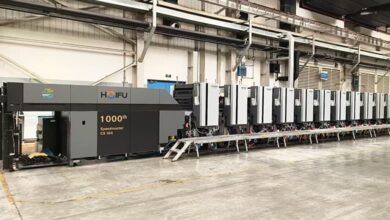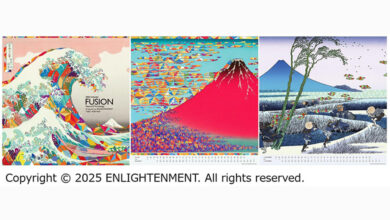EFI Lays Out a Plan for Capturing the Growth of Print
By Rosemarie Monaco

At EFI Connect 2018 (Las Vegas, 23-26 Jan) EFI CEO Guy Gecht presented his analysis of the evolution of print and then laid out the path that leads to growth. “Print is growing,” he stressed, “despite rumors to the contrary.” To prove the point, Gecht offered statistics revealing the continued growth of traditional print. Annual direct-mail spending grew from $41 billion in 2012 to $76 billion in 2017. He then pointed to the $1 billion+ spend on the 2016 U.S. election campaigns. He also presented surveys that showed the changing preferences for reading printed books, a significant change from the past trend toward e-books.
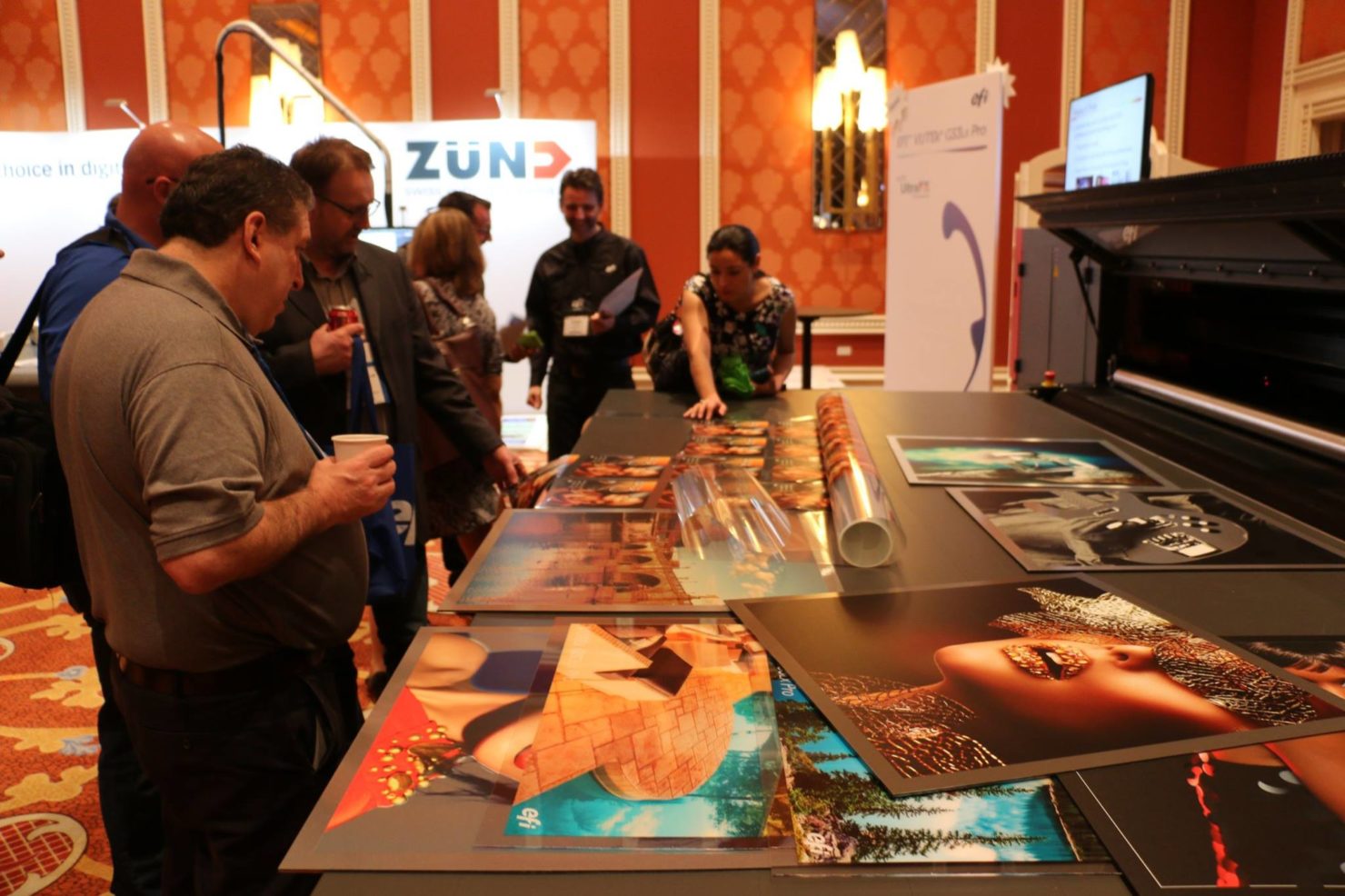
The Fourth Industrial Revolution
“We are in the fourth industrial revolution—where the print will get even stronger,” said Gecht. If we look back at the first three, we can see that every one of them was driven by technology—technology that shortened distances, reduced labor, improved economies and forever changed the way we communicate. We went from trains and planes to telegraphs and telephones to computers and mobile devices.
“This revolution,” Gecht explained, “is fully fueled by three phenomena—artificial intelligence, virtual reality, and personalization.” Artificial intelligence (AI) is a no-brainer, he suggested. The enablers of AI are inextricably established—we have big data from which to draw, ubiquitous (cloud-based) computing power and powerfully fast processing speeds at the device.
Virtual reality makes absolute sense. Consider repurposing your game goggles to view a hands-on demo of a room-sized printing press. Plus, virtual reality aids in manufacturing processes and enables real-time, remote equipment maintenance. “Personalization,” said Gecht “is a major driver of print. The trend toward personalization extends beyond paper to include apparel, corrugated boxes, and building materials.” These categories are important. They provide doorways to new markets.
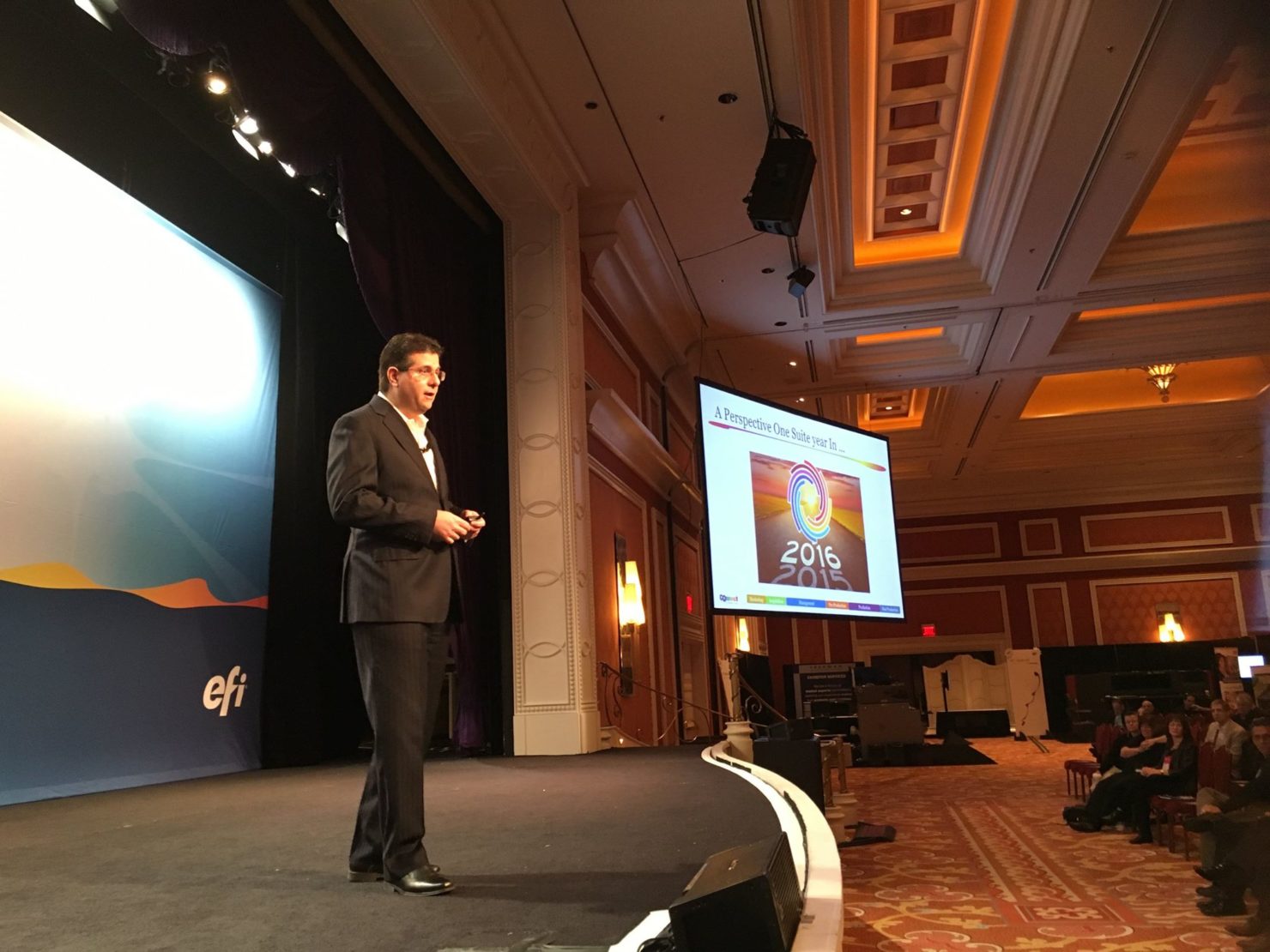
Enabling Platforms
The platforms that will allow us to reap the benefits of the fourth industrial revolution are inkjet and smart automation. Why inkjet? “Because you don’t need to touch it,” said Gecht. In addition to the new levels of automation and speed achievable with inkjet technology, inkjet heads can be mounted and to fit any surface or structure, making inkjet far more versatile. The newest technology, such as EFI’s LED systems can print on any surface from sliver-thin film to thick glass. And EFI’s Reggiani and VUTEk FabriVU textile printers print on a wide range of fabrics as well as on fabric transfer paper.
Why smart automation? Because printers that don’t need hands-on supervision to print at high quality save money and time, boosting profits. Automation software allows us to integrate a variety of printing technologies into a single workflow. The automation is smart when it knows how to set up a job, impose, communicate with inline finishing, eliminate waste, consume less energy and ink, and provide data for sharper estimating and better customer care.
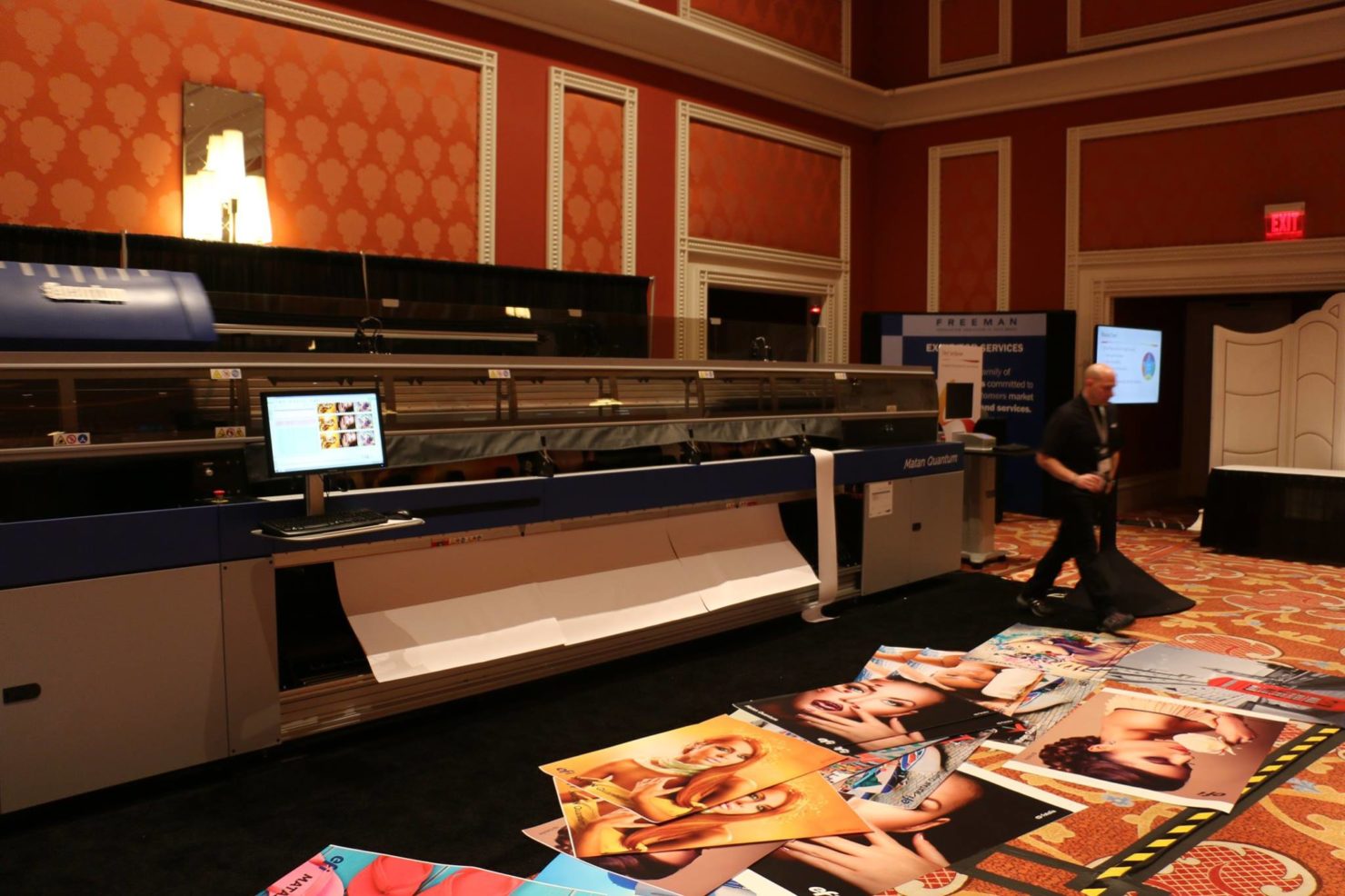
Speed for fast turnaround
The need for a fast turnaround was a clear message at Connect—from EFI marketing experts as well as customers. Keep in mind that at this event, EFI customers come from around the world to see what’s new, and to exchange war stories and secrets of success. The EFI Fiery FASTRIP accelerates productivity by processing nine times faster than other production rips. Unquestionably, EFI is pumping up throughput with faster speeds at the engine and higher processing power at the front end.
New printers for graphics display printers fall into this category. The EFI VUTEk HS F4 printers are high-speed hybrid roll/flatbed 3.2-meter wide printers for outdoor and distant-view applications outputting boards at speeds up to 225 boards per hour. The new VUTEk FabriVU 340i adds inline fixation to EFI’s popular soft signage printer. The 3.4-meter wide machine offers production speeds of 250 square meters per hour, fully sublimated inline at engine speed.
Products supporting growth markets
Those familiar with EFI’s portfolio know that it is rich with technology that addresses many of these markets. But the company offered additional evidence that it will continue to follow growth markets. Fiery DFE’s are a prime example of processing technology specifically designed to tackle textile printers as well as packaging and industrial presses. EFI offered another glance into a new digital sector—industrial building materials. The company is leveraging its Cretaprint (ceramic tile printers) innovation to develop new end-to-end systems for printing on wood, concrete, and other surfaces.
Leveraging traditional growth
EFI offered statistics regarding the growth of direct mail. Along with this encouraging news, the company announced MarketDirect. It is a “customer engagement platform” which gives users the ability to develop, distribute and track customer communications for loyalty programs, offers, newsletters, surveys and communications.
Rosemarie Monaco is a consultant and writer specializing in the printing industry. Her articles have been published around the world.



